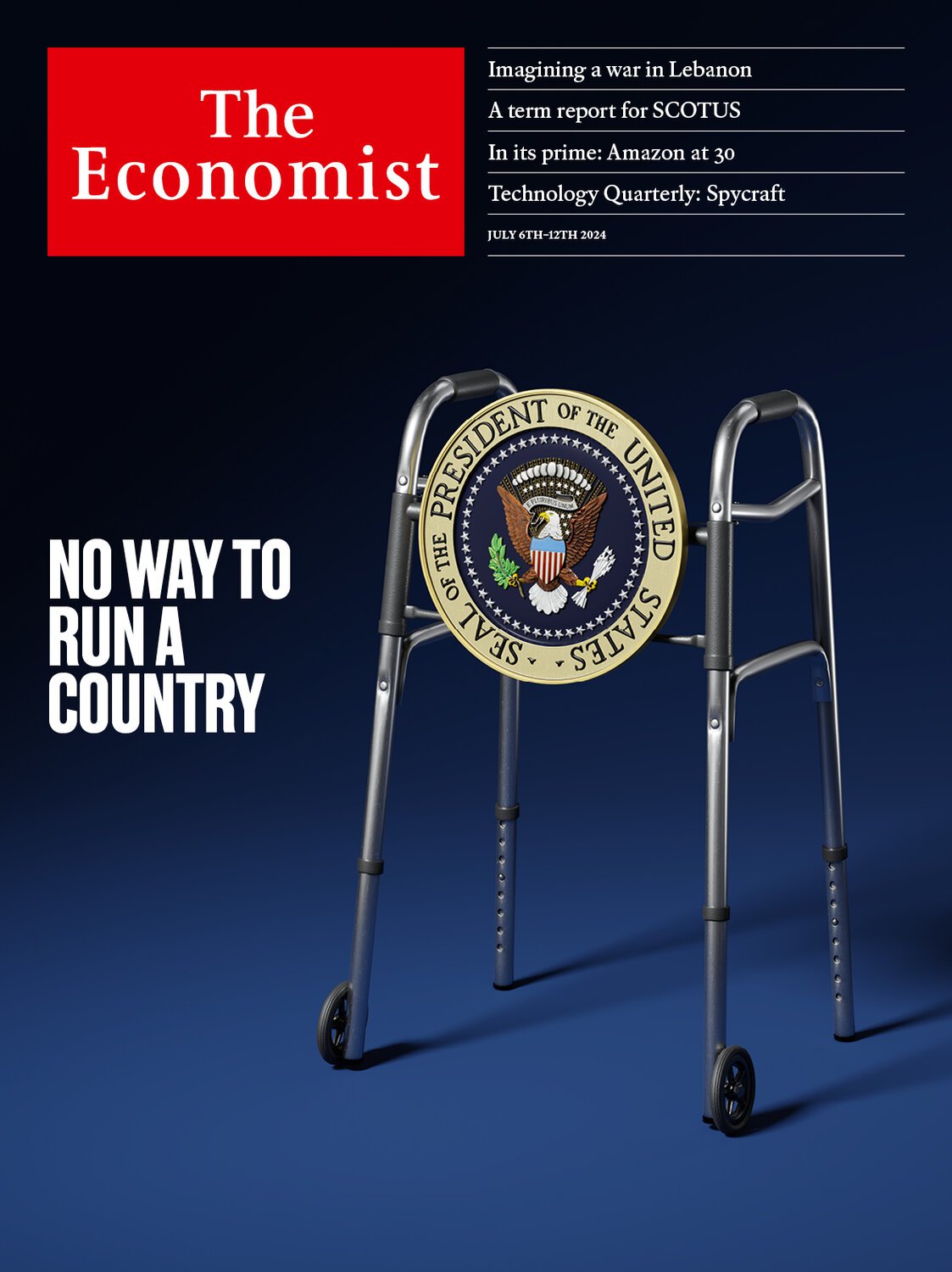Two hands, one from the top left and the other from the bottom right, grasp a large, yellow letter 'E' against a grey background, symbolizing the tug-of-war over the concept of equity in DEI (Diversity, Equity, and Inclusion) initiatives. Credit: Annelise Capossela/Axios
Recently, I've been reflecting on the troubling trend of companies removing 'equity' from their DEI initiatives, a move now endorsed by the SHRM. This shift is particularly harmful to the disability community.
Equity ensures that everyone has what they need to succeed. For disabled employees, this might mean accessible workplaces, assistive technology, or flexible work arrangements. SHRM's decision to drop 'equity' from its strategy undermines these critical supports. The Wall Street Journal's Ray Smith reports the organization is "moving away from equity language to ensure no group of workers appears to get preferential treatment." However, this perspective ignores the unique barriers faced by the disability community and other marginalized groups.
Removing equity from DEI efforts sends a concerning message: that the specific needs of marginalized groups are less important. This is not just a theoretical issue; it's a tangible setback. A recent piece by Bloomberg's Khorri A. Atkinson explored the impact on colleges and universities that have already begun eliminating hundreds of DEI-related jobs, impacting support for historically marginalized students. In the workplace, this trend could mean fewer accommodations and less understanding of the unique challenges faced by disabled employees.
Moving through the world with various disabilities, I’ve experienced firsthand the difference that equitable policies make. Equity isn't about giving some people an unfair advantage; it's about leveling the playing field. Without it, disabled employees like myself are left at a significant disadvantage.
We need to recognize that inclusion without equity is incomplete. Equity should be uncontroversial. It just means equality of opportunity. “Who are the people that find 'equity' confusing?" Deb Muller, the CEO of HR Acuity, told Axios’s Emily Peck. This is why the removal of 'equity' is so alarming—it risks undoing years of progress and harms those who rely on these measures the most.
I urge my fellow advocates and allies to speak out against this shift. It's crucial that we maintain a holistic approach to DEI that includes equity. We need to push for policies that recognize and address the diverse needs of all employees.
What are your thoughts on SHRM's decision to drop 'equity' from their DEI strategy? How do you think this will impact the disability community and other marginalized groups?
When DEI gets downgraded to I&D










